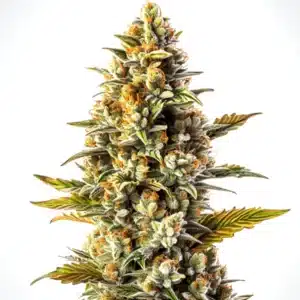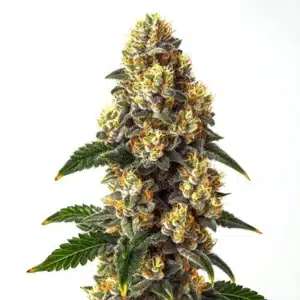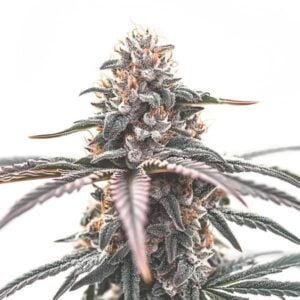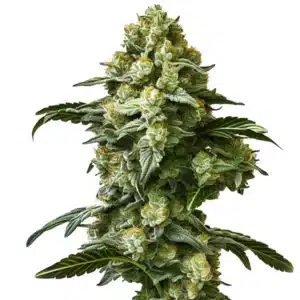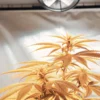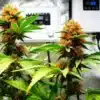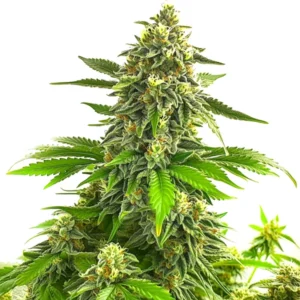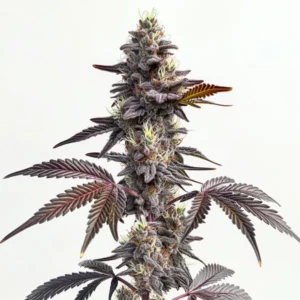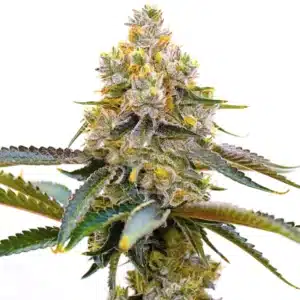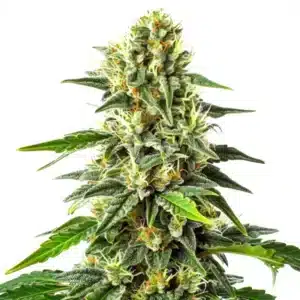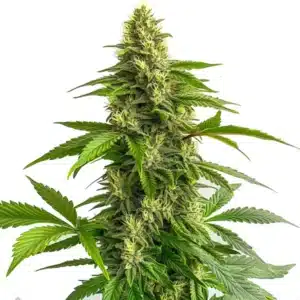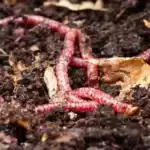
Outdoor Cannabis Pest Identification: A Practical Approach
Common Outdoor Cannabis Pests
Identification of Aphids and Whiteflies
Outdoor cannabis pest identification starts with spotting tiny insects like aphids and whiteflies. Aphids are small, soft-bodied bugs that cluster on new growth, sucking plant juices and leaving behind sticky residue. Whiteflies, which flutter around the plant when disturbed, also feed on sap and can weaken plants over time. These pests are often found in clusters on the underside of leaves, where their presence may cause a sticky film or yellowing that signals early infestation. Early detection helps in keeping your plants healthy.
In addition to aphids and whiteflies, outdoor cannabis pest identification must also cover other tiny insects. Recognizing spider mites and thrips is essential. Spider mites are very small and create fine webbing on leaves, while thrips cause silvery or streaked damage on foliage. Both pests can spread quickly in outdoor environments. Regular monitoring and careful observation are key to preventing severe damage. Proper identification leads to timely and effective pest control measures that protect your plants.
Recommended Strains
Gorilla Blue Auto
|
|
THC | 18% - 20% (Medium) |
|
|
Type | Autoflowering |
|
|
Yield | Medium |
|
|
Phenotype | 50% Indica / 50% Sativa |
GG4 Fast Version
|
|
THC | 19% - 22% (Medium) |
|
|
Type | Feminized |
|
|
Yield | High |
|
|
Phenotype | 40% Indica / 60% Sativa |
Promos & Deals
Signs of Pest Infestation
Leaf Damage and Discoloration Patterns
Outdoor cannabis pest identification involves noticing signs of stress on your plants. One common indicator is leaf damage and discoloration. Leaves may develop yellow or brown spots, and the edges can appear scorched or ragged. Such symptoms often result from pest feeding. Small holes or a powdery residue on the leaf surface also suggest pest activity. Paying close attention to these changes can help you pinpoint which pests are affecting your crop, allowing you to act before the damage becomes too severe.
Another sign of pest infestation is abnormal discoloration on leaves. When pests feed, the affected leaves may lose their vibrant green color and start to show irregular patterns. This symptom is particularly visible on plants grown outdoors, where natural sunlight accentuates color changes. Regular checks for leaf abnormalities support outdoor cannabis pest identification and ensure that any infestation is caught early. Quick detection minimizes harm and supports healthy plant growth throughout the season.
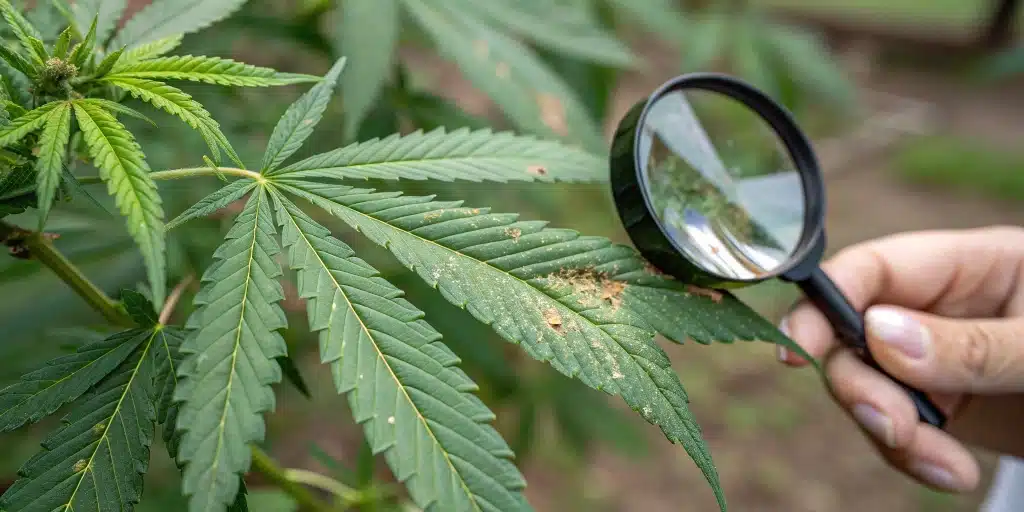
Pest Behavior and Life Cycles
Insect Reproduction Patterns
A key part of outdoor cannabis pest identification is understanding insect reproduction patterns. Many pests, like aphids and whiteflies, reproduce rapidly, with each generation capable of laying hundreds of eggs. This exponential growth can lead to sudden infestations that overwhelm your plants. Observing clusters of eggs or nymphs on the undersides of leaves provides a clear signal that pests are active. Recognizing these early signs helps you intervene before the population reaches damaging levels and keeps your outdoor cannabis crop resilient.
Knowing the life cycle of pests also aids in effective control. For example, spider mites have short reproduction cycles that can quickly lead to widespread damage if unchecked. The timing of egg hatching, nymph development, and adult emergence is critical information for outdoor cannabis pest identification. By tracking these patterns, you can apply treatments at the most effective times, reducing the chance of severe infestation. Careful monitoring of reproductive cycles allows for proactive pest management, protecting plant health over the entire growing season.
Seasonal Activity and Migration
Seasonal changes play an important role in pest behavior. Outdoor cannabis pest identification must take into account that many pests become more active during warmer months. As temperatures rise, insects tend to reproduce faster and migrate between plants, increasing the risk of widespread infestation. In some regions, seasonal migration patterns bring pests from nearby fields or wild areas into your garden. Recognizing these trends allows growers to anticipate pest problems and implement early interventions, ensuring that the outdoor crop remains healthy and productive throughout the season.
Additionally, monitoring seasonal activity is vital for managing pest populations effectively. Certain pests may be dormant during cooler months but become aggressive as the weather warms. This cycle of activity requires regular checks and ongoing vigilance. Timely action based on seasonal trends supports outdoor cannabis pest identification and helps maintain plant vigor. Understanding how seasonal factors influence pest behavior enables targeted interventions that prevent infestations from escalating, keeping your garden safe and thriving.
Tools and Techniques for Pest Identification
Visual Inspection and Magnification
When it comes to outdoor cannabis pest identification, visual inspection is a fundamental technique. A close look at your plants using a hand lens or magnifying glass reveals tiny pests that may not be visible to the naked eye. This method allows you to observe detailed features like egg clusters, fine webbing, or minute insect movements. Spending a few minutes each day on thorough visual inspections can provide early warning signs of pest problems. Incorporating regular visual checks into your routine is a simple yet effective strategy for maintaining plant health and preventing damage.
Using magnification tools enhances the accuracy of outdoor cannabis pest identification. These tools help in spotting minute differences in leaf texture and color that indicate pest activity. They allow you to detect even the smallest insects, ensuring that no pest goes unnoticed. This hands-on approach, combined with routine monitoring, makes it easier to pinpoint the source of damage. Visual inspection is a straightforward, cost-effective method that provides reliable results and supports prompt action against infestations, safeguarding your outdoor cannabis crop.
Traps and Monitoring Devices
In addition to manual checks, traps and monitoring devices offer a practical way to support outdoor cannabis pest identification. Sticky traps and pheromone traps capture flying insects, allowing you to gauge pest populations without constant visual inspections. These devices serve as an early warning system by attracting pests away from your plants and providing a clear indicator of infestation levels. Regularly checking traps can help you determine when pest numbers begin to rise, prompting timely intervention. This method is both effective and simple, making pest monitoring easier for outdoor cannabis growers.
When traps are used alongside visual methods, they offer a comprehensive approach to pest detection. Monitoring devices help quantify the presence of pests and provide tangible evidence of infestation trends. Data collected from traps can guide your decisions on when to apply organic remedies or other control measures. This integrated method of outdoor cannabis pest identification ensures that you have multiple layers of detection, which contributes to more effective management of pest populations in your garden.
Strategies for Pest Management and Prevention
Organic Control Methods and Remedies
Effective outdoor cannabis pest identification leads to better pest management strategies. Organic control methods are a popular choice for many growers, as they offer a safe way to manage pests without harmful chemicals. Remedies such as neem oil, insecticidal soap, and natural predators help reduce pest populations while preserving plant health. Applying these organic treatments at the first sign of infestation ensures that the pest problem is addressed quickly and effectively. This approach minimizes stress on the plants and supports a balanced ecosystem in your outdoor garden.
Regular application of organic remedies is a key part of pest management. Using natural products helps maintain the integrity of your cannabis crop while keeping pests in check. In addition to spraying, physical barriers like row covers can prevent pests from reaching the plants. These strategies, when combined with careful outdoor cannabis pest identification, create a robust defense system. Early intervention and consistent application of organic treatments help ensure that your plants stay healthy and productive throughout the growing season.
Regular Maintenance and Early Detection
Routine maintenance is essential for successful pest management. Regularly inspecting your outdoor garden for signs of pest activity can prevent minor issues from turning into major infestations. Keeping the area clean, removing dead leaves, and trimming excess foliage all contribute to a healthier growing environment. Early detection through careful outdoor cannabis pest identification allows you to take immediate action, limiting the spread of pests and minimizing damage. Consistent care and proactive monitoring form the backbone of effective pest prevention.
Incorporating early detection into your maintenance routine makes pest control more efficient. When you notice even slight changes in plant health, such as small spots or discoloration, it is important to act immediately. Early detection not only saves time and effort but also protects the quality of your harvest. Regular maintenance combined with vigilant outdoor cannabis pest identification is a simple yet powerful strategy. This proactive approach keeps your garden thriving by ensuring that pest issues are managed before they escalate into serious problems.
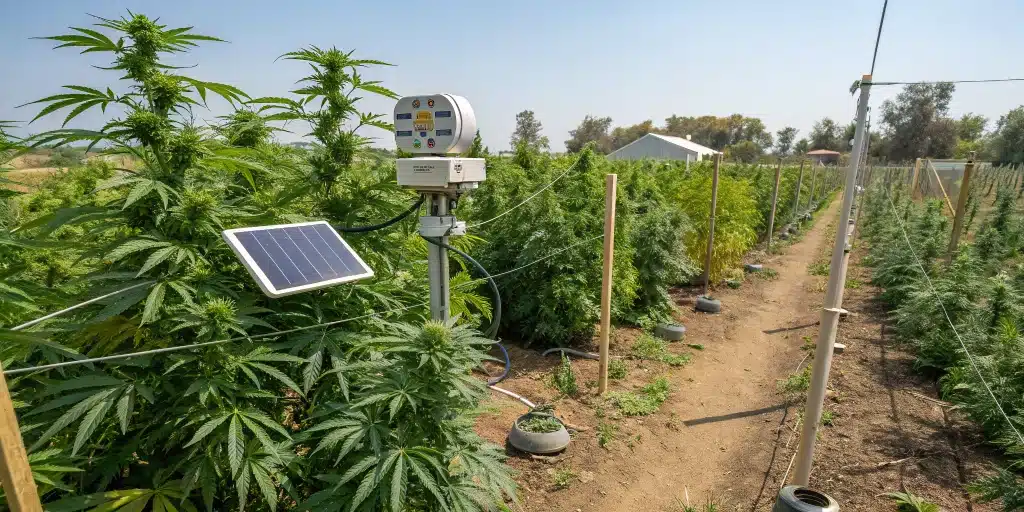
FAQs about outdoor cannabis pest identification
What are the most common pests I should look for in my outdoor cannabis garden?
Outdoor cannabis pest identification often reveals pests such as aphids, whiteflies, spider mites, and thrips. These pests cause noticeable damage to leaves, stems, and buds. Aphids and whiteflies can cluster on new growth, while spider mites create fine webbing on the underside of leaves. Early detection is key to effective management. Regular monitoring, using visual inspections and traps, can help identify these pests before they become a major problem in your garden.
How can I tell if my cannabis plants are infested with pests?
Outdoor cannabis pest identification involves looking for clear signs such as leaf discoloration, stunted growth, and the presence of small insects on the leaves or buds. Damage may include yellow spots, browning edges, or a sticky residue caused by pest secretions. These symptoms often indicate the early stages of infestation. Regular checks using visual inspection and magnification tools are essential. Prompt action when these signs are detected will help prevent the infestation from spreading and protect your overall crop health.
What tools are best for monitoring pest activity in my outdoor garden?
For effective outdoor cannabis pest identification, using a combination of visual inspection, magnifying lenses, and sticky traps is recommended. These tools help capture even the smallest pests and provide early warning signs of an infestation. Sticky traps attract flying insects, while a hand lens reveals minute details on the leaves. Regular monitoring with these tools allows you to track pest populations and take timely action. Combining these methods ensures a comprehensive approach to managing pest issues in your outdoor cannabis garden.


